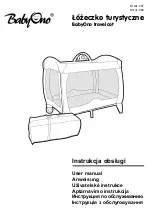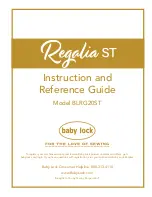
Indumax CLS54
Basic safety instructions
Hauser
7
2.4
Operational safety
1. Before commissioning the entire measuring point, verify that all connections are
correct. Ensure that electrical cables and hose connections are undamaged.
2. Do not operate damaged products, and safeguard them to ensure that they are not
operated inadvertently. Label the damaged product as defective.
3. If faults cannot be rectified:
Take the products out of operation and safeguard them to ensure that they are not
operated inadvertently.
2.5
Product safety
2.5.1
State of the art
The product is designed to meet state-of-the-art safety requirements, has been tested, and
left the factory in a condition in which it is safe to operate. The relevant regulations and
European standards have been observed.
2.5.2
Electrical equipment in hazardous areas
The sensor may be connected to the following transmitters:
• Liquiline M CM42, EC type-examination certificates TÜV 13 ATEX 7459 X, TÜV 14 ATEX
7510 X, TÜV 14 ATEX 7509 X, EX5 05 03 30266 012
• Mycom S CLM153-G, EC type-examination certificate DMT 01 ATEX E 174
CLS54-G****** and CLS54-K******
• The sensor has been developed and manufactured in accordance with the applicable
European standards and guidelines and is suitable for use in hazardous areas.
• The Declaration of Conformity confirms compliance with the harmonized European
standards for using the sensor in hazardous areas and is included in the Operating
Instructions.
• The sensor must be connected and operated in accordance with the associated Operation
Instructions. All sensor operating data must be observed.
• Ensure that it is professionally installed in order to achieve the degree of protection (IP65)
for the housing. Use the original seal, and install the cable entry properly.
• Compliance with the specified ambient and process temperature ranges is a prerequisite for
safe use of the device!
• The sensors may only be used in liquid media with a conductivity >10 nS/cm.
• To avoid electrostatic charges, all CLS54 versions with metal surfaces (depends on process
connection) must be electrostatically connected in such a way that R ≤1 MΩ.
• The maximum permitted length of the measuring cable is 50 m.
• Full compliance with regulations for electrical systems in hazardous areas (EN 60079-14) is
mandatory when using the devices and sensors.








































